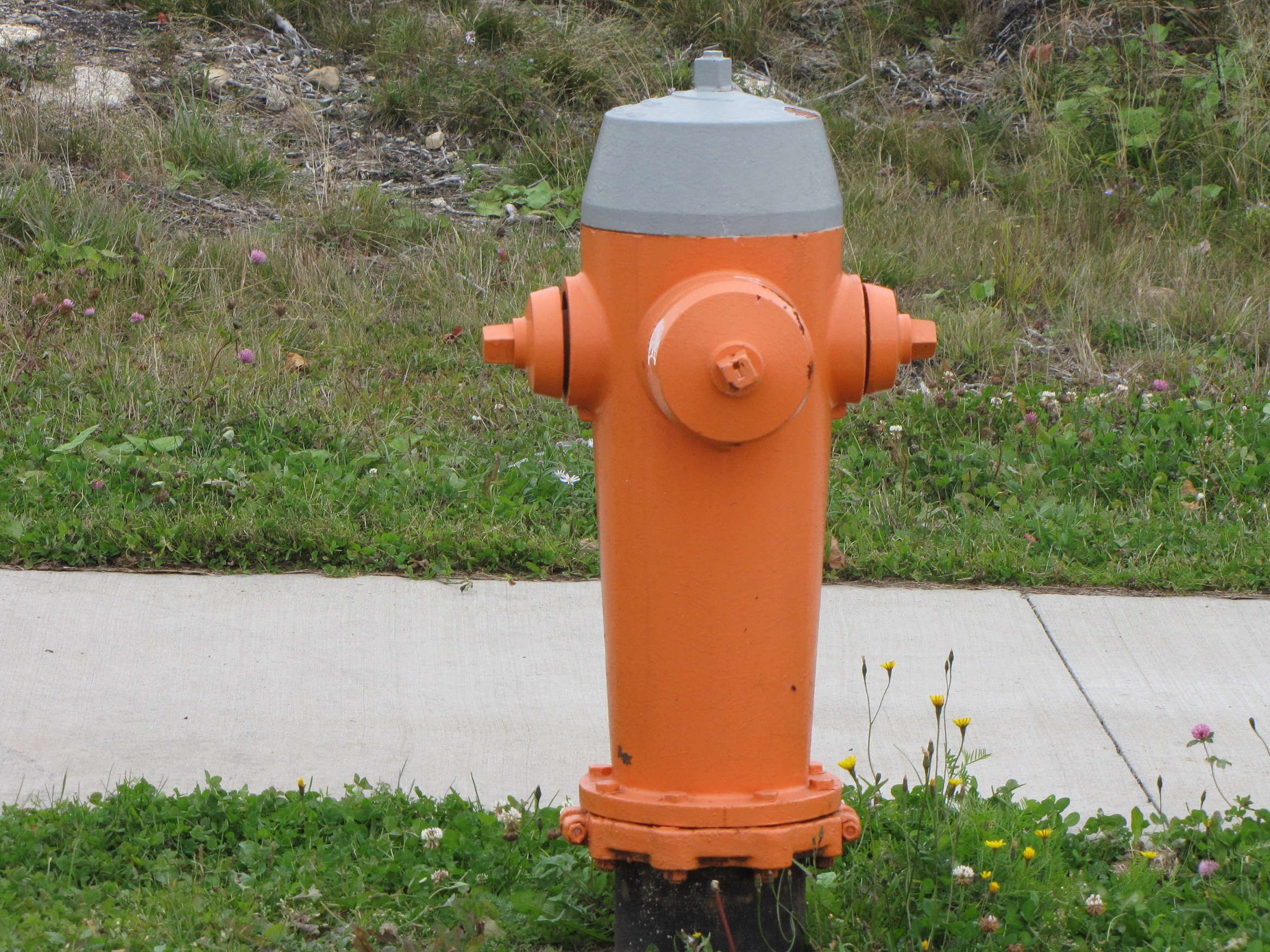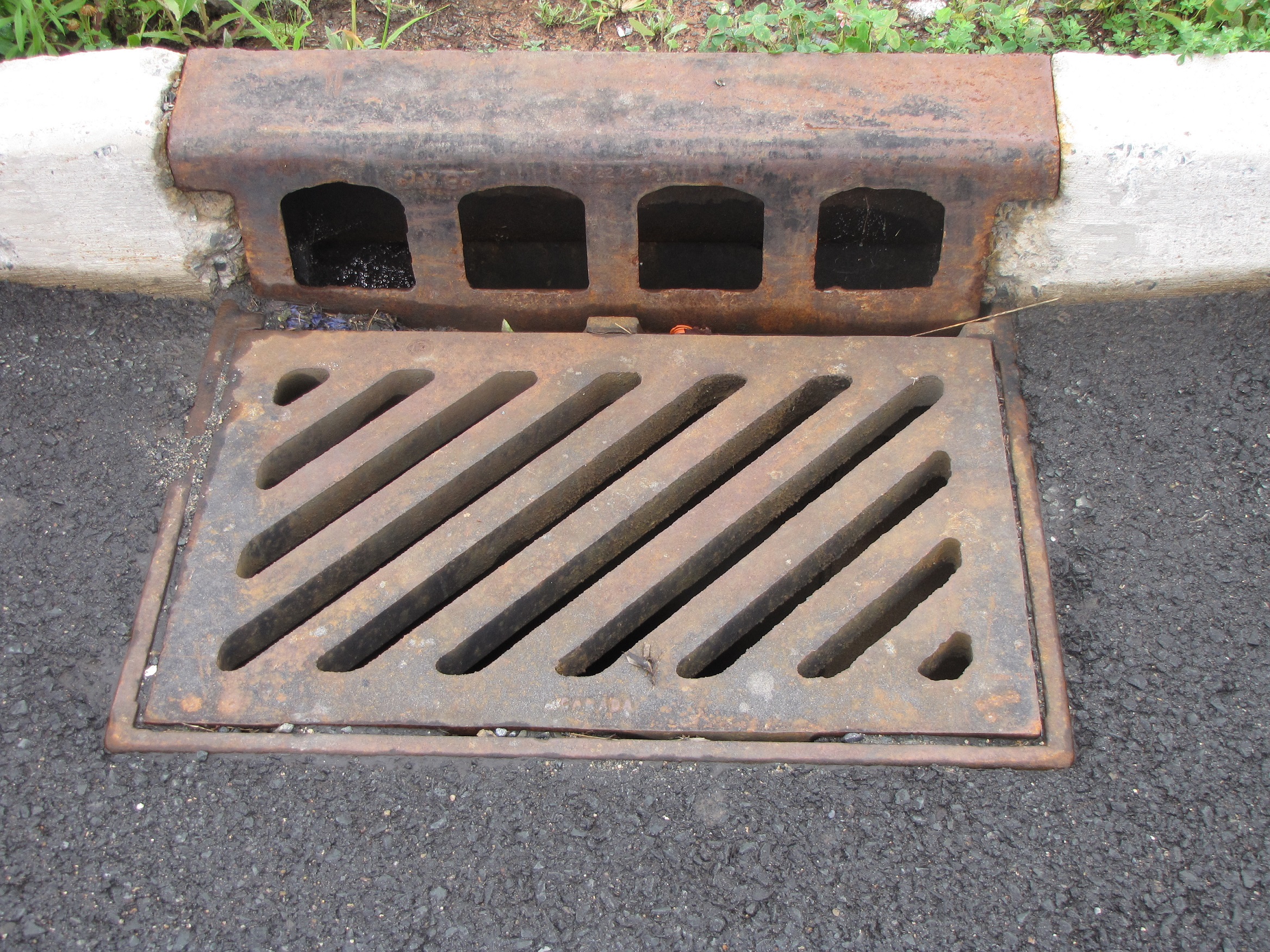Find a catchbasin or fire hydrant near you.
Halifax Water maintains approximately 8,404 public hydrants and 24,398 public catchbasins throughout the Halifax region. In an effort to better care for this critical infrastructure, Halifax Water has created a map marking the locations of hydrants.
You can find more information and statistics on Halifax Water's infrastructure in the Annual Report.
Residents are encouraged to provide feedback to Halifax Water about:
- Hydrants that are leaking or damaged
- Unauthorized hydrant use
- Blocked catchbasins
- Anyone tossing or disposing any of the following into catchbasins (storm drains):
- Garbage
- Soapy water
- Paint
- Used motor oil
- Other hazardous materials or chemicals
Call Halifax Water’s Customer Care Centre at 902-420-9287 to provide feedback.
You can view the Hydrant and Catchbasin map in a new browser window.
Halifax Water hydrants are an important part of the fire prevention system, as they provide emergency water for firefighting. Routine maintenance and flushing occur to ensure they function properly. To ensure public safety, fire hydrants must remain accessible to the fire department at all times.
Except for limited circumstances where a permit is issued, use of fire hydrants by anyone other than Halifax Water or Fire Department staff is prohibited and subject to fines.
Halifax Water catchbasins (also known as storm drains) are an important part of drainage infrastructure and a vital part of flood control. Usually located within a curb, catchbasins allow water to quickly drain from the streets. If these catchbasins get clogged by trash, leaves, or other debris—even snow and ice— flooding may result or other dangerous conditions may occur.
Most catchbasins in the Halifax region are connected to the stormwater system, which may drain directly into area waterways. Others connect to the combined collection system (wastewater and stormwater) and, if clogged, may cause overflow.



